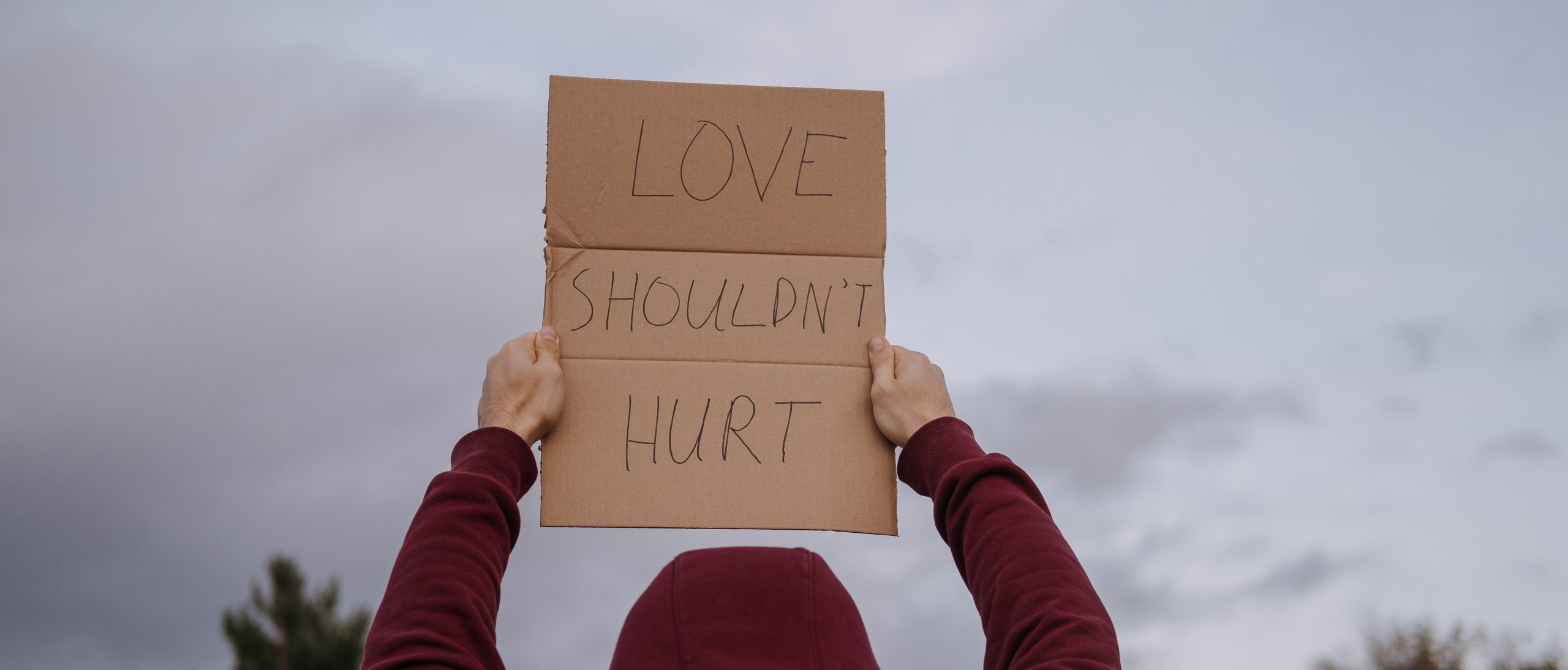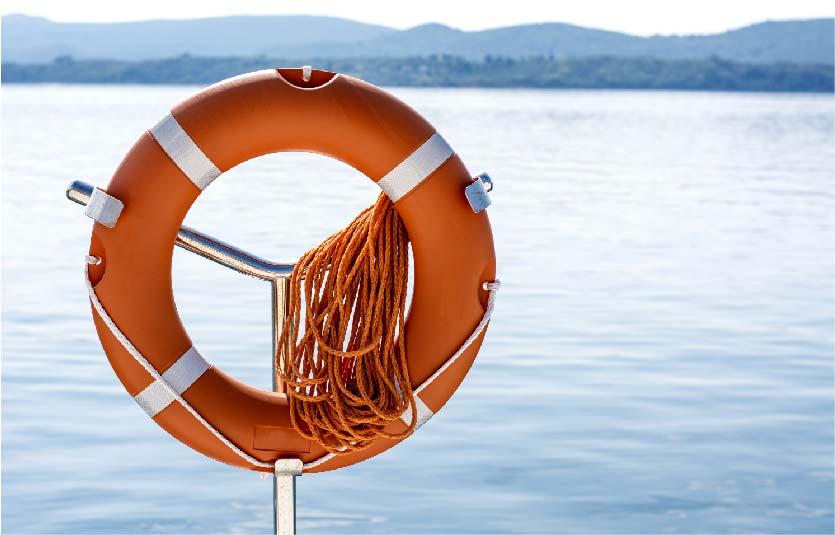Reports of family and domestic violence are increasing in Western Australia in recent years. The Western Police Force Crime Statistics show that over a 5-year average, family related offences (assault and threatening behaviour) are up 34.9%, which is an alarming figure, noting that many victims of domestic violence do not report it. This may partly be because people may not understand that coercive control can constitute family violence.
Understanding what Coercive Control is
Coercive control is a term that describes the context, pattern, and impact of abusive relationships where an ongoing pattern of behaviour causes harm that affects a victim’s autonomy and personhood. Perpetrators use a range of tactics to intimidate, monitor, regulate, isolate, humiliate, manipulate, punish, and frighten victims. Behaviours reported by victims often fall into consistent categories of jealousy, monitoring of movements, financial abuse, social restriction, and emotional abuse or threatening behaviour. In addition to its immediate harmful effects, coercive control undermines victims’ ability to resist and escape the abusive relationship and increases the risk of serious and fatal physical injury. A perpetrator’s behaviour may not appear to be coercive or controlling to someone outside of the relationship but can cause significant harm to the victim.
Legislation & Cases
Responding to coercive control raises complex legal, policy, and social change issues. These questions are being considered across Australia and responses are different across jurisdictions. A recent key question has been whether or not to introduce new offences to criminalise coercive control.
Coercive control is already recognised under several legislative frameworks in Western Australia. For example, section 5A(1) of the Restraining Orders Act 1997 defines “family violence” as including any “behaviour by the person that coerces or controls the family member or causes the member to be fearful”.
What can we do when this is happening to us or someone we know?
There are a multitude of safety planning measures and legislation in place that can assist you or anyone else who is experiencing family violence. For example, Broken Crayons Still Colour are a foundation led by real life survivors, women and men who have lived and experienced family violence (see https://brokencrayonsstillcolour.org/). There are counselling lines that you are able to call, like the National Domestic Family and Sexual Violence Counselling Service, their number is 1800 RESPECT (1800 737 732), or an online chat service is available through their website (www.1800respect.org.au). Womens Health and Family Services is another not-for-profit organisation that may be able to assist (https://whfs.org.au/).
If you or someone you know are wanting to make a plan to leave, make sure you have all your and your children’s important documents together (or copies of them if they will be missed) and keep them in a safe place outside the home so you do not have to gather them together in an emergency. These include the following:
- All forms of identification;
- Your driver’s licence;
- Medicare card (note that you can arrange a separate card for you and the children through Medicare if required);
- Passports and birth certificates;
- Bank account details and bills;
- Car registration; and
- Contracts (such a hire purchase agreements);
We also suggest that you:
- Remove any personal items (such as heirlooms or gifts) that you do not want to leave behind;
- Keep some spare clothing for you and the children with a friend or neighbour;
- Save a little money each week and keep it with your documents (if possible);
- Write down the name of any medication you or your children need;
- Make yourself aware of the names of any community services you may need to contact in an emergency. It may be helpful to write down the name and telephone number of these services;
- Speak to a domestic violence counsellor to review your safety plan (see contacts above); and
- Know the number for a Women’s Refuge if you may need emergency assistance (see 1800 RESPECT above) or Zonta House (https://zontahouse.org.au/).
It may also be appropriate to apply for a Family Violence Restraining Order as another step to ensure your safety, see https://www.lynnandbrown.com.au/services/family-lawyers-perth/fvro/. However, we recommend that you obtain legal advice about taking this step.
Should you have any questions or would like to schedule an appointment with one of our four family lawyers, please contact our office on 9375 3411.
About the Author: Dannielle completed her Paralegal Diploma with College for Law in 2021. She has worked in the law industry for almost 10 years, including at a top tier litigation law firm in Auckland, New Zealand. Dannielle is passionate about family law and is committed to working with the family law team to achieve the best outcome for clients.

















